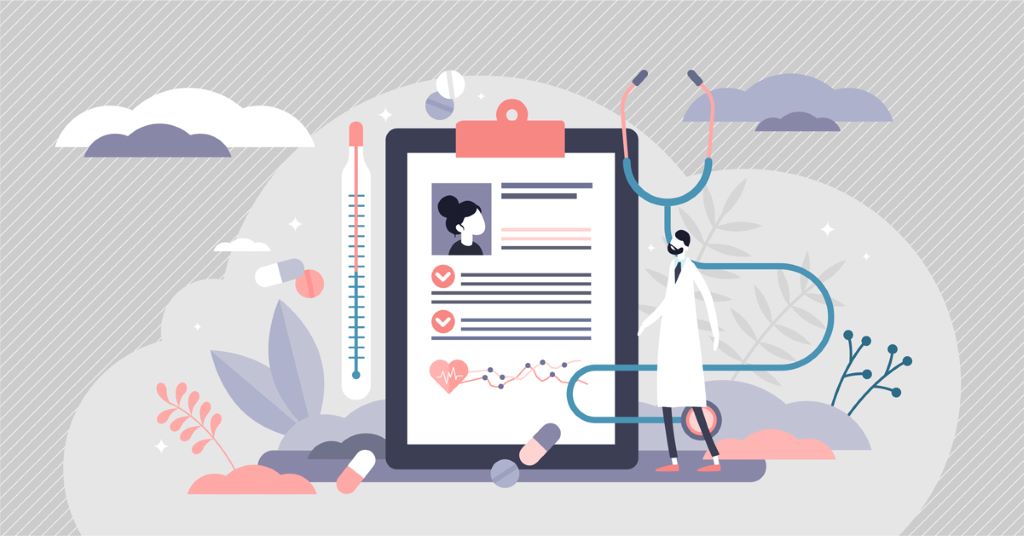What do we ask of technology in a project measuring health outcomes?

Contents
The role of technology in Value-Based Healthcare (VBHC)
The analysis of data collected in the clinical environment has been carried out for a long time through Real World Data initiatives, such as patient registries, retrospective and prospective studies, observational studies, etc. In fact, although the concept of Value-Based Healthcare (VBHC) originated in the 2000s, the Martini Klinik, a global reference in prostate cancer treatment, has been applying outcome measurement concepts since the mid-1990s.
What has value-based healthcare brought to the table? First, the incorporation of outcomes that matter to the patient and are self-reported (PROMs and PREMs). Additionally, the standardization of data collection, which allows for measuring, comparing results, and learning among different stakeholders.
Moreover, technological advancements in recent years have enabled the intensive use of data extraction and processing, providing an additional way to generate scientific evidence (Real World Evidence).
However, let’s not fool ourselves; technology is merely a facilitator. For instance, Apollo 11 was sent to the moon with a processor akin to that of today’s microwave ovens. Thus, technology is necessary but not sufficient.
What do we ask of outcome measurement technology?
First, data protection. To ensure this, we rely on standards and regulations such as the General Data Protection Regulation (GDPR) and, most notably, the spanish “Esquema Nacional de Seguridad”(ENS), which guarantees the maximum protection of highly sensitive data, like health information.
The ENS, which applies to the entire public sector and its collaborators, provides a common framework of basic principles, requirements, and security measures for adequate protection of the information handled and services provided. It ensures access, confidentiality, integrity, traceability, authenticity, availability, and preservation of data, information, and services used electronically by entities within their competencies. Since its initial development in 2010, the framework has continuously evolved, with notable updates in 2015 and the latest in 2022 (Real Decreto 311/2022).
Compliance with the “Esquema Nacional de Seguridad” is mandatory for the National Administration, Comunidades Autónomas, Local Administration, other public sector entities (universities, public hospitals, public companies, etc.), as well as private companies that provide services to public entities and handle information.
While ISO 27001 focuses on confidentiality, integrity, and availability, the ENS adds the dimensions of traceability and authenticity.
Secondly, an outcome measurement project must be interoperable, meaning open systems with a global approach within the healthcare provider ecosystem. It should enable data exchange with third-party systems (HIS, other hospital systems such as imaging and laboratory, as well as public administration, hospitals, etc.) and ensure the standardization of the collected data.
The third point is the automation of data collection. Data should be extracted from its source (for example, clinical data should be completed in the electronic medical record and, if necessary, transferred to the outcome measurement system). This approach prevents data duplication (avoiding unnecessary extra work), minimizes errors, and controls admissible, probable, and impossible ranges.
The challenges we face in data capture can be summarized as follows:
- CROM:
- Data not being in the medical record.
- Medical records not being standardized.
- PROM and PREM:
- Patient response rate.
Fourth and lastly, adherence to the standards and procedures of the healthcare provider’s IT department is essential: How and who will access the systems? Where does the data go? Trust in the provider, the technology, and their experience is fundamental here.
The value lies in the data
And what do we do once the data has been ingested? There is a quote attributed to Picasso that says, “Computers are useless; they can only give you answers.” Thus, the key lies in asking intelligent questions and in the knowledge we can extract from the data:
- Descriptive analytics: distribution by demographic variables, patients by healthcare professional, treatment, etc.
- Benchmarking: comparison between healthcare professionals, services, centers, etc.
- Clustering: statistical grouping of patients into different health levels based on their condition.
- Identification of explanatory variables: treatment variables that improve clinical and patient-reported outcomes.
- Physician performance: measuring the results achieved against those expected.
Conclusions
- Technology is neither a panacea nor an obstacle.
- The technological ecosystem must be open and secure.
- The value lies in the data.


